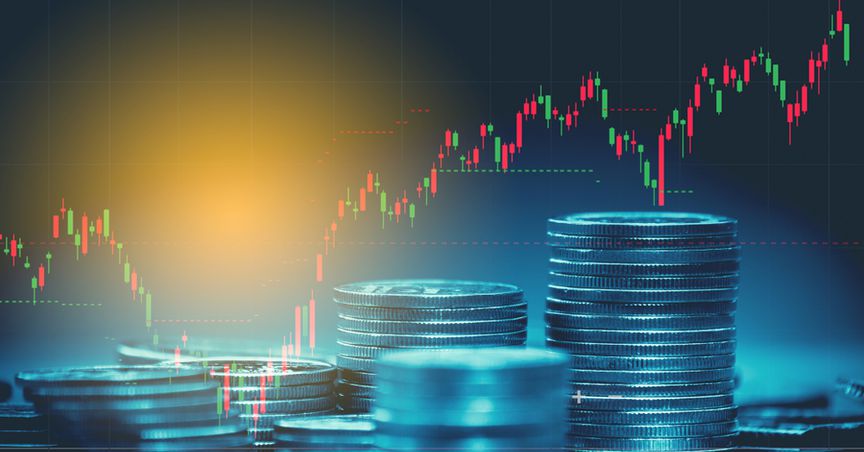Source: Ksw Photographer, Shutterstock
Summary
- US consumer prices rose by 0.3 percent in January due to rising fuel cost.
- Besides food and oil, prices for clothing, medical care, renting, and car insurance also increased.
- Gasoline prices rose by 7.4 percent during the period.
US consumer prices rose modestly by 0.3 percent in January, owing to an increase in fuel cost. The prices rose at the quickest pace in the last five months, while inflation rose by 1.4 percent.
The data show that Americans are paying more on goods and services, even though inflation remained low in other areas of the economy.
CPI, a key gauge for measuring inflation, rose by 0.3 percent in January, the government said on Wednesday. It was at 2.3 percent before the pandemic. Rising fuel costs over the past few weeks drove consumer prices up. Oil prices rose by 7.4 percent during the period.
Fuel prices have seen an upward trend in recent months. On Wednesday, Brent oil was trading at USD 61.27 a barrel, up by 0.08 percent, while WTI crude rose 0.27% to USD 58.52.
Oil prices have been rising since the governments began easing lockdown restrictions as more people were able to venture out in their cars.
The oil demand is expected to pick up as more restrictions on public activities are lifted. The recovery of the economy would push back the oil prices to the pre-pandemic levels.
The recent price increase is still less than what it was before the pandemic in 2019.
The cost of food had mildly increased to 0.1 percent last month, while grocery and restaurant food prices rose by around four percent over the past year, the government said. The data reflected that prices for certain food items may have gone up due to their shortage during the pandemic.
Besides food and oil, prices for clothing, medical care, rent, and car insurance also increased, while the cost of new and used cars, passenger fares as well as for some recreation activities fell.
What Worries Economists
Experts fear that the huge sums of money being pumped into the economy as part of the COVID relief may push the inflation rates higher than the Federal Reserve’s limit of 2 to 2.5 percent.
The Biden administration plans to spend USD 1.9 trillion in COVID relief over the next few months. It has identified the MSMEs and other small businesses that have been the hardest hit for the financial aid. Economists forecast that the US inflation could increase to two percent this spring.






